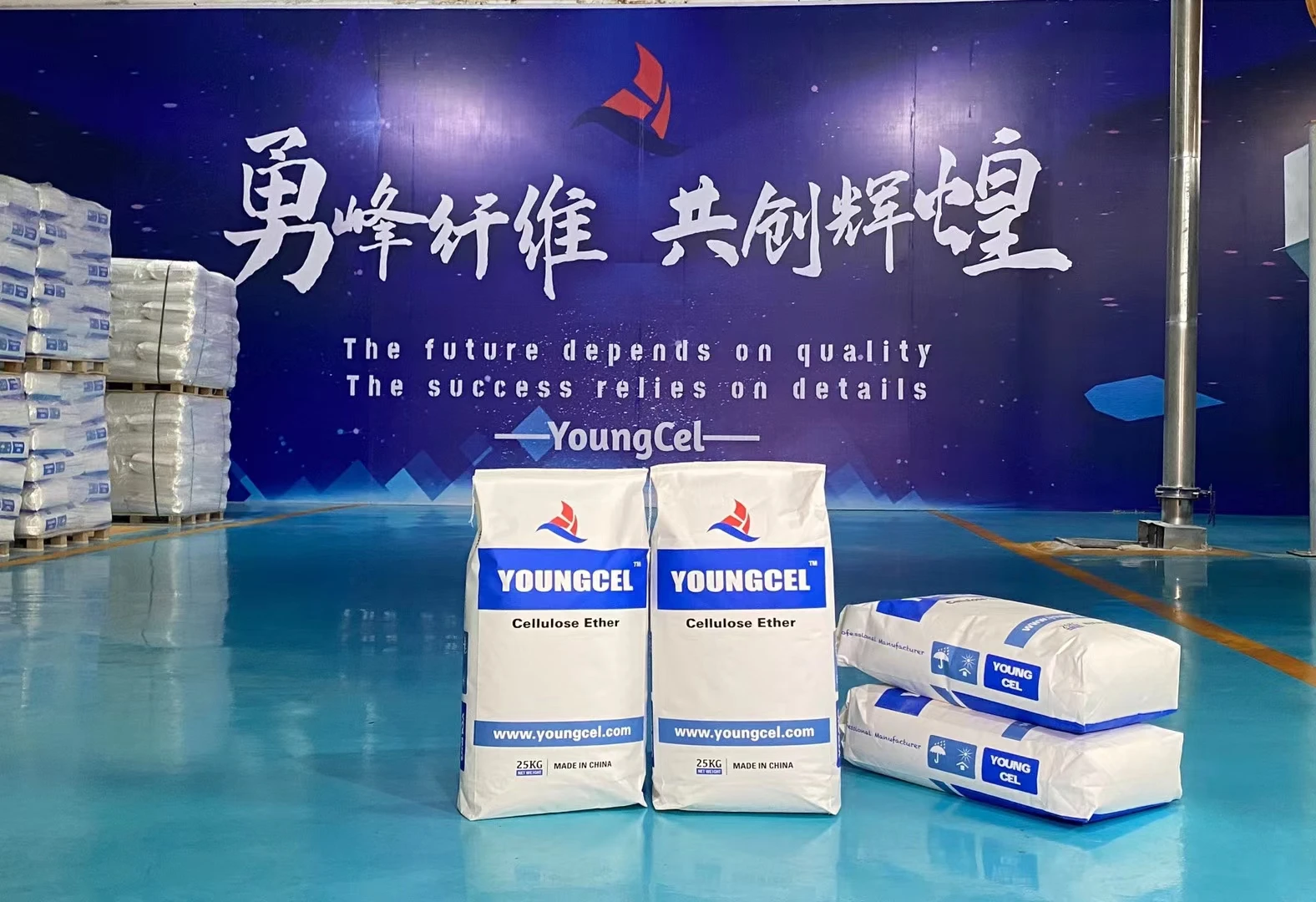The Importance of Choosing the Right Adhesive for Tile Installation
When it comes to tile installation, whether for residential or commercial purposes, one of the most critical components that often gets overlooked is the adhesive. The adhesive acts as the bond that holds the tiles in place, ensuring durability and aesthetic appeal. With a myriad of options available on the market, selecting the right adhesive can significantly impact the overall success of a tiling project.
Types of Adhesives
There are various types of adhesives suitable for tile installation, and each has its specific uses, advantages, and disadvantages. The most common types include
1. Thin-Set Mortar This is a cement-based product that is ideal for most tile applications. Thin-set mortar is versatile and can be used for both floor and wall tiles. It comes in various formulations, including modified and unmodified types. Modified thin-set mortars contain polymers that enhance their adhesion properties and water resistance, making them perfect for areas exposed to moisture, such as bathrooms and kitchens.
2. Mastic A premixed adhesive, mastic is user-friendly and easy to apply, making it a popular choice for DIY enthusiasts. However, it is not recommended for areas with high moisture exposure as it may break down over time. Mastic is best used for wall tiles in dry areas, such as backsplashes.
3. Epoxy Adhesives Known for their exceptional strength and water resistance, epoxy adhesives are ideal for demanding applications. They are suitable for high-traffic areas and can withstand moisture, making them perfect for pools and outdoor installations. However, they can be challenging to work with due to their quick setting time and higher cost.
4. Self-Leveling Mortar This type of adhesive is used primarily for floor installations and is designed to create a smooth, level base for tiles. It is particularly useful when dealing with uneven subfloors, providing a stable foundation for tile adhesion.
Factors to Consider
When selecting an adhesive for tile installation, several factors should be taken into account
- Tile Material Different tiles, such as ceramic, porcelain, or natural stone, may require specific adhesives. For example, heavier tiles generally need a stronger adhesive than lighter tiles.
adhesive for tile

- Installation Environment The location of the tile installation plays a significant role in adhesive selection. Areas exposed to moisture, extreme temperatures, or heavy foot traffic will require more robust adhesive solutions than dry, low-traffic areas.
- Substrate Type The surface on which the tiles will be installed (e.g., concrete, drywall, cement board) influences adhesive choice. Some adhesives bond better with certain substrates than others.
- Setting Time If you're working on a large project, the setting time of the adhesive can affect your workflow. Some adhesives dry quickly, while others may need a longer curing time.
Application Tips
To achieve the best results, proper application of the adhesive is crucial
- Surface Preparation Ensure that the surface is clean, dry, and free of any contaminants. This allows for better adhesion and prevents future issues.
- Mixing If using powdered thin-set mortar, adhere to manufacturer instructions for mixing. This ensures the adhesive achieves the correct consistency and properties.
- Application Technique Use a notched trowel to apply the adhesive evenly. The size of the trowel notch will depend on the tile size; larger tiles typically require larger notches.
- Adjusting Tiles Once the tiles are laid, make any necessary adjustments before the adhesive sets. Follow the recommended open time to achieve an optimal bond.
Conclusion
Choosing the right adhesive for tile installation is pivotal for creating a long-lasting and visually appealing finish. By understanding the various types of adhesives available and considering particular project requirements, homeowners and professionals alike can ensure successful tile installations. Whether opting for thin-set mortar, mastic, epoxy, or self-leveling products, the goal remains the same to provide a solid foundation that enhances the beauty and longevity of tiled surfaces.
-
The Application and Significance of Construction RdpNewsMay.19,2025
-
Industrial Grade HpmcNewsMay.19,2025
-
Building Coating Adhesive Building Coating Adhesive HpmcNewsMay.19,2025
-
Application Of Hpmc For Detergent For Detergent In DetergentsNewsMay.19,2025
-
Application Of Hpmc Cellulose In Cement-Based MaterialsNewsMay.19,2025
-
Application Of High Quality Hpmc For Construction In The Field Of ConstructionNewsMay.19,2025




